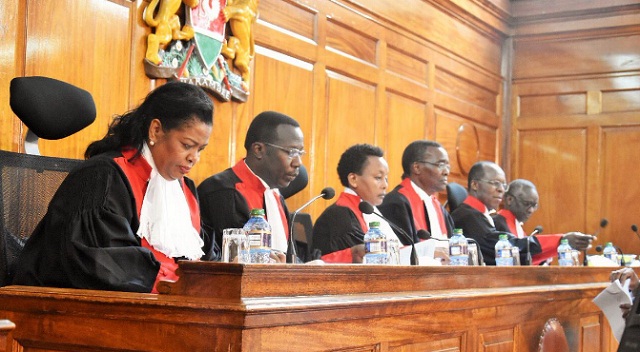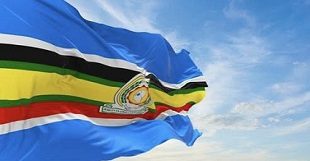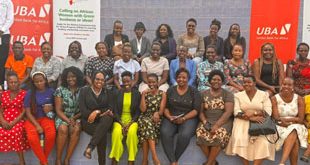
Nairobi, Kenya | AFP | Kenya’s supreme court, which took the historic decision to annul the August 8 presidential election on Friday, is the country’s highest court, composed of seven judges whose judgements are final and binding.
It was created by the country’s 2010 constitution which is considered more progressive than its predecessor.
Both the winner and loser of Friday’s ruling — opposition leader Raila Odinga and President Uhuru Kenyatta — were strong promoters of the new constitution.
In its judgement, the court did not reproach Kenyatta, but reserved its criticism for the election commission (IEBC).
The Supreme Court was established to rule on decisions of the country’s appeal courts regarding the law or interpretation of the constitution and is the only court permitted to decide in disputes concerning the presidential election.
In 2013, when made up of a different panel of judges, the court rejected Odinga’s poll challenge, upholding Kenyatta’s first-term election, but the ruling was not universally accepted.
The current chief justice, David Maraga, was appointed to his post after the voluntary early departure in June 2016 of his predecessor Willy Mutunga.
Supreme court judges are officially appointed by the president, but the country’s leader does not have the power to choose them, instead candidates’ names are submitted to the presidency for greenlighting after an open nomination process and public hearings, some televised, run by the judiciary.
Maraga, 66, is a married father of three and a committed Christian who, has described his role as chief justice as serving Kenyans “in obedience to God’s command and will, and guided by the Constitution.”
Despite the high stakes of this year’s election petition challenging the presidential result, Maraga presided over largely courteous arguments, and was praised by all sides at the conclusion of the hearings.
On Friday, two of the court’s seven judges dissented — while one was absent through illness — but the majority decision went in favour of the opposition. Within 21 days the court will release a full explanation of the reasoning that led to its decision.
 The Independent Uganda: You get the Truth we Pay the Price
The Independent Uganda: You get the Truth we Pay the Price


